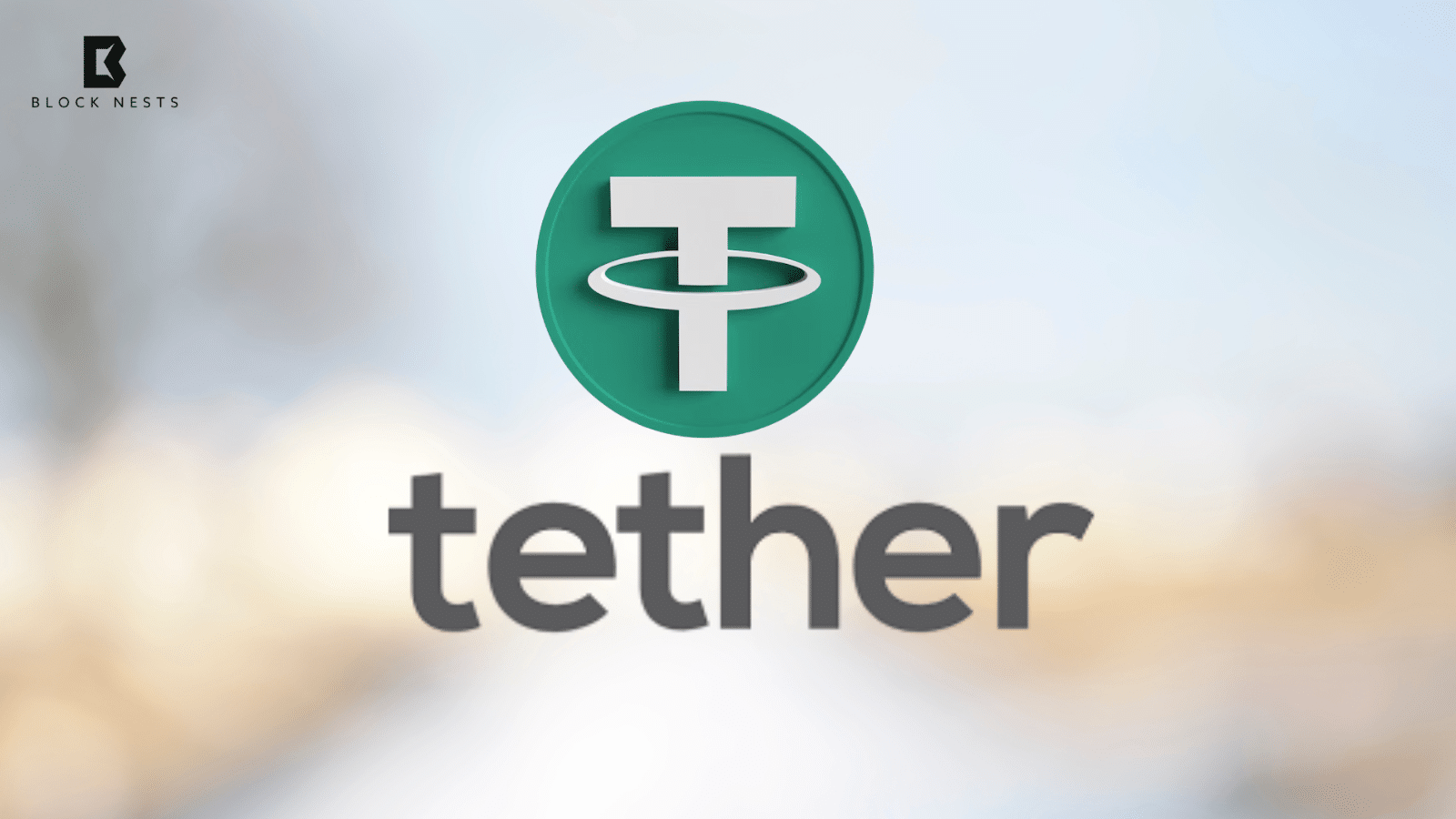- Ripple adopts Web Assembly (WASM) to enable seamless custom business logic integration on XRPL.
- The XRPL EVM Sidechain connects XRP Ledger with Ethereum’s ecosystem for broader development opportunities.
- Multi-purpose tokens (MPTs) aim to enhance tokenization, streamlining digital asset trading and financial products.
Ripple is making significant strides in enhancing the XRP Ledger (XRPL) by introducing permissionless programmability. This initiative allows developers to integrate custom business logic into the network while ensuring that XRPL retains its hallmark speed and reliability. The XRP Ledger Extensibility Team spearheads this development to make the blockchain more adaptable without compromising its core features.
Ripple states that the initiative will be developed within WASM and incorporated in XRPL to optimize performance. This way, using WASM, Ripple plans to provide developers with a universal and adaptive tool, allowing new functionalities to be added to the network.
XRPL EVM Sidechain: Bridging XRP Ledger with Ethereum
Ripple has also introduced the XRPL EVM Sidechain, which aims to connect the XRP Ledger with the Ethereum ecosystem. This sidechain enables developers with knowledge of Ethereum tools and Solidity to build applications interacting with XRPL using the Ethereum Virtual Machine.
While the XRPL EVM Sidechain offers expanded capabilities, Ripple has emphasized that it is not a replacement for XRPL’s native programmability. Instead, it serves as an additional option for projects requiring EVM compatibility. Through this cross-chain solution, Ripple is keen to expand its developer community and the application of XRPLs in various blockchain systems.
Multi-Purpose Tokens (MPTs): A New Token Standard
The XRP community has also unveiled Multi-Purpose Tokens (MPTs), a new token standard currently under review. MPTs are similar to cryptocurrencies and NFTs but still contain metadata, making them different from the two. This added flexibility makes them suitable for various use cases, including real estate as an example of an asset class and financial instruments such as bonds. Ripple believes that MPTs will make the trading of digital assets more straightforward while allowing users to have more control over tokenized assets.
Ripple has laid out a phased roadmap for these enhancements, with smart escrows expected to launch later this year, followed by the gradual introduction of smart contracts. By rolling out these updates in stages, Ripple aims to carefully expand XRPL’s programmability while maintaining its efficiency and reliability.
Through these developments, Ripple continues positioning the XRP Ledger as a robust and adaptable blockchain network, catering to the evolving needs of developers and businesses in the digital asset space.
Also Read:PayPal Expands Stablecoin Integration Across Its Ecosystem
How would you rate your experience?






